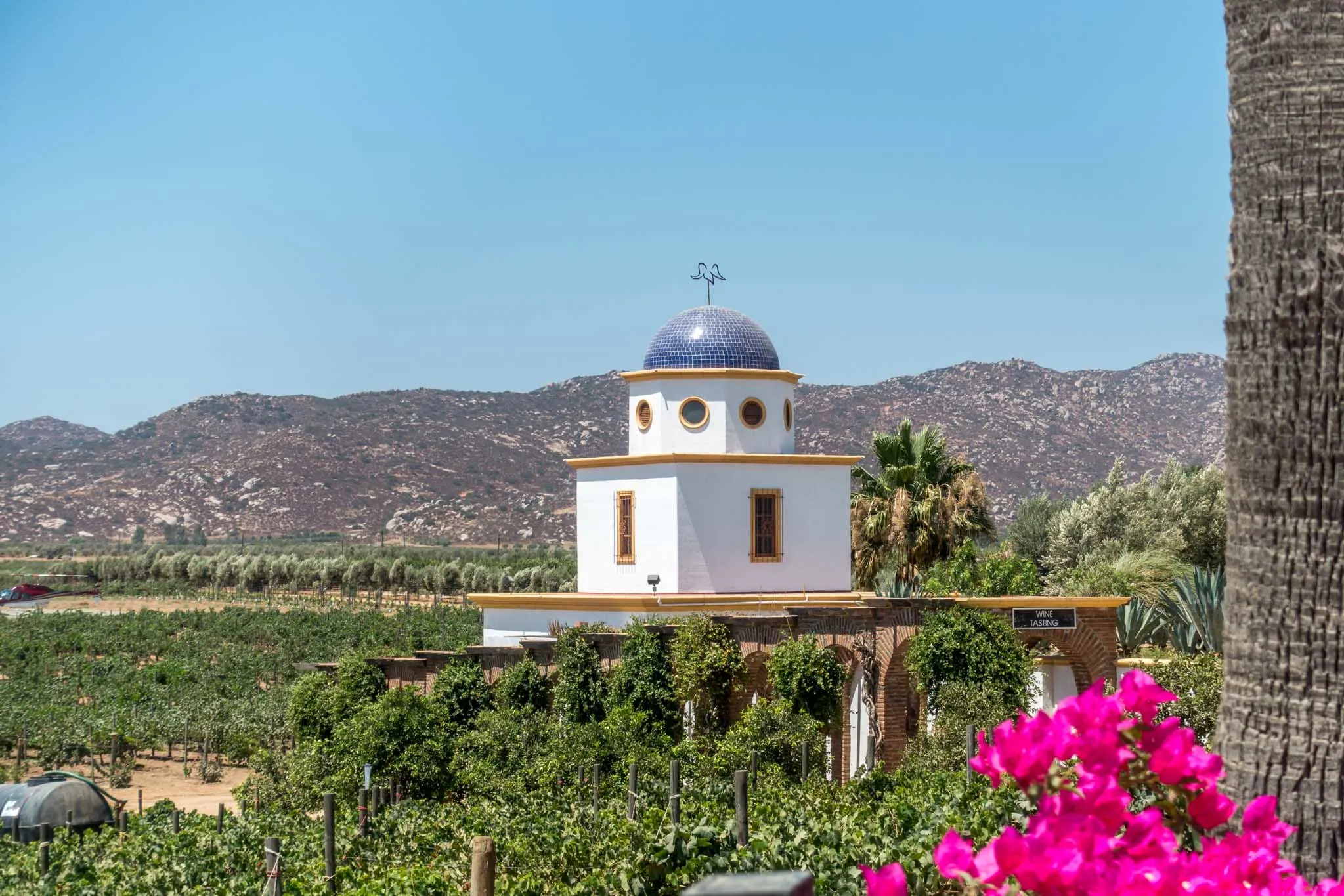
One of our greatest travel adventures came from the most unlikely of places: Mexico. We recently took a brief roadtrip from San Diego to Ensenada south of the border. Our goal was to visit the Valle de Guadalupe wineries in Baja, Mexico. What started as a drive on the Ruta del Vino Valle de Guadalupe (the Guadalupe Valley Wine Road) to experience Mexican wine turned into something much more substantive: an important life lesson in preconceptions.
Many years ago, I heard from a friend in the wine business about Mexican wine and the Baja wineries. It was spoken with a great deal of skepticism and a condescending edge. It was as if he was saying, “You’ll never guess what those Mexicans are trying to do now.” His words stuck with me.
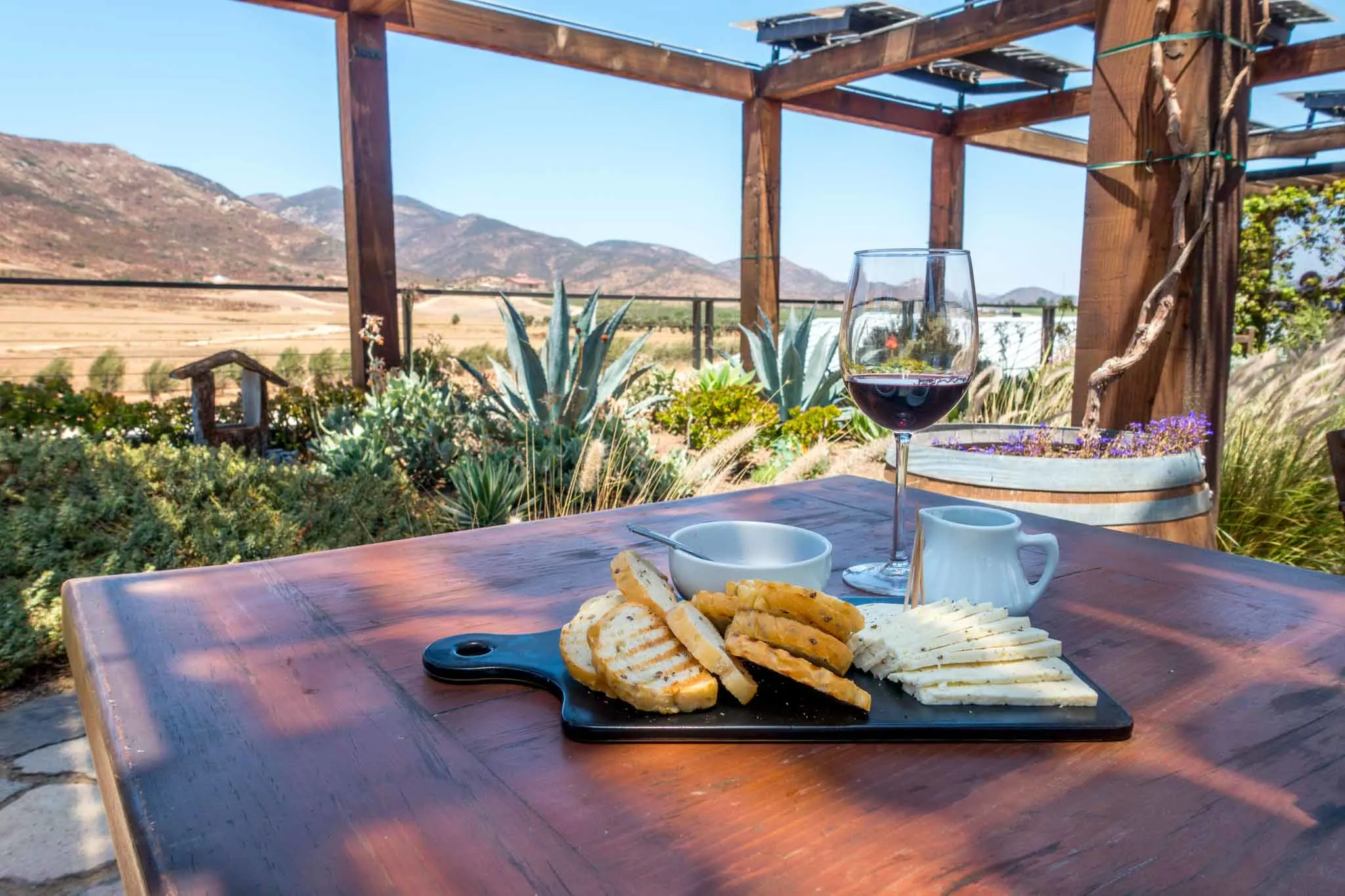
“Mexican wine” isn’t new. To me and most people, “Mexican wine” was a six-pack of crappy beer. I’m not alone in that opinion. The music group Fountains of Wayne has a song called “Mexican Wine” about a person hitting rock bottom, not caring about anything in life, and drinking. Of course, many of those impressions are from the pre-NAFTA era. Times change.
I also remember my first trip to Tijuana, Mexico. The retching poverty at the border crossing, children my own age begging for money, and miles of buildings in shambles left an impression on my young mind. At least, that was the way my mind remembered it from the early 1980s.
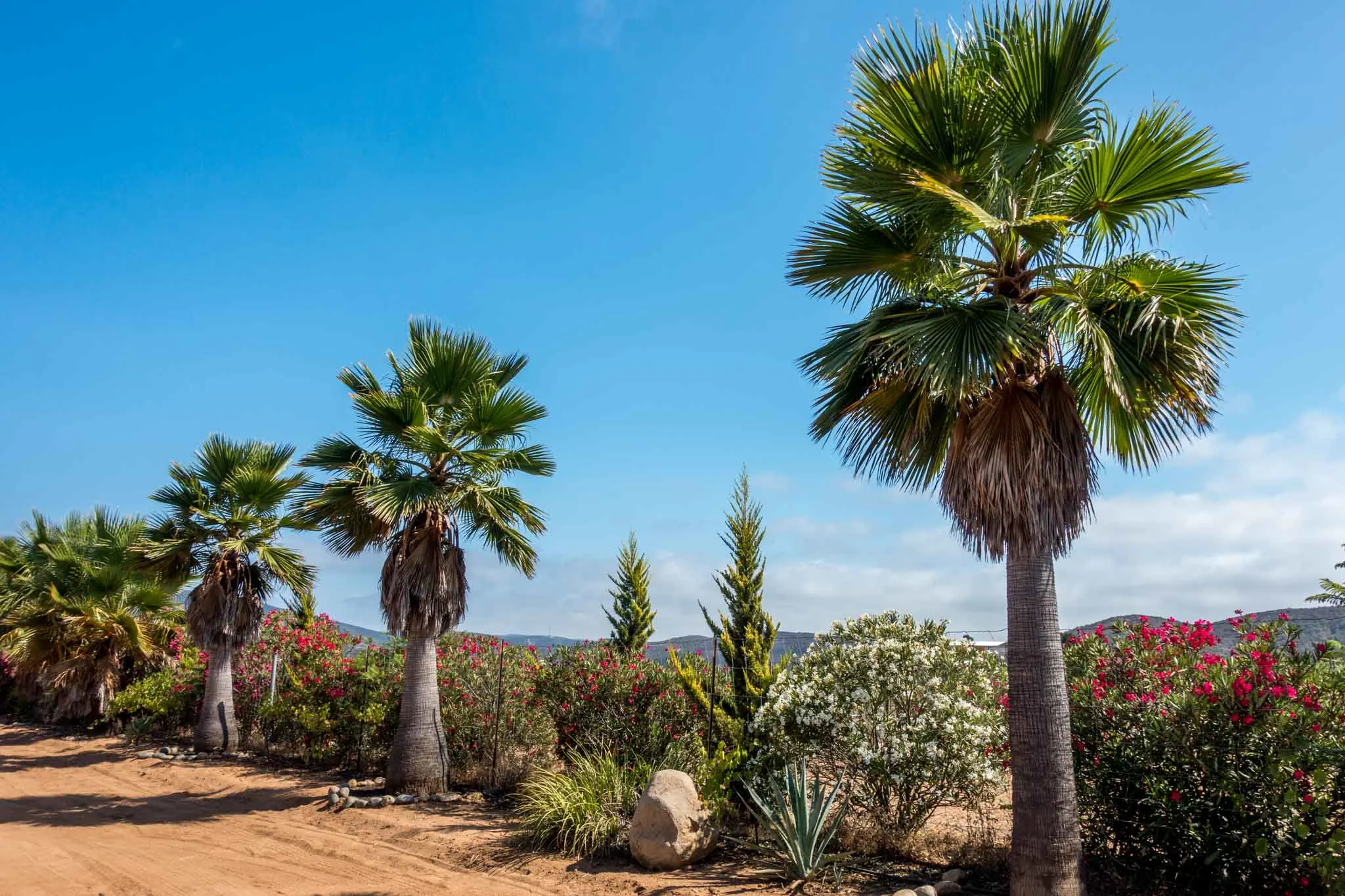
So, on a sunny cool day, we packed up the car and drove from San Diego to Mexico in search of the Guadalupe Valley wineries. Getting to the Mexico wine country was easy. Crossing from San Diego into Mexico involved no border control checks whatsoever.
And seconds later, we were cruising down the road in Mexico. Driving through Tijuana, we passed office buildings and high-rise apartments. The coastal road (Mexico Route 1/1D) was broad and fast, even stopping occasionally to pay tolls. Any preconceived notion of Mexico as an undeveloped country were quickly put aside as we drove down the Pacific coastal highway past scores of new oceanfront condominium towers. This was not the Mexico I remembered.
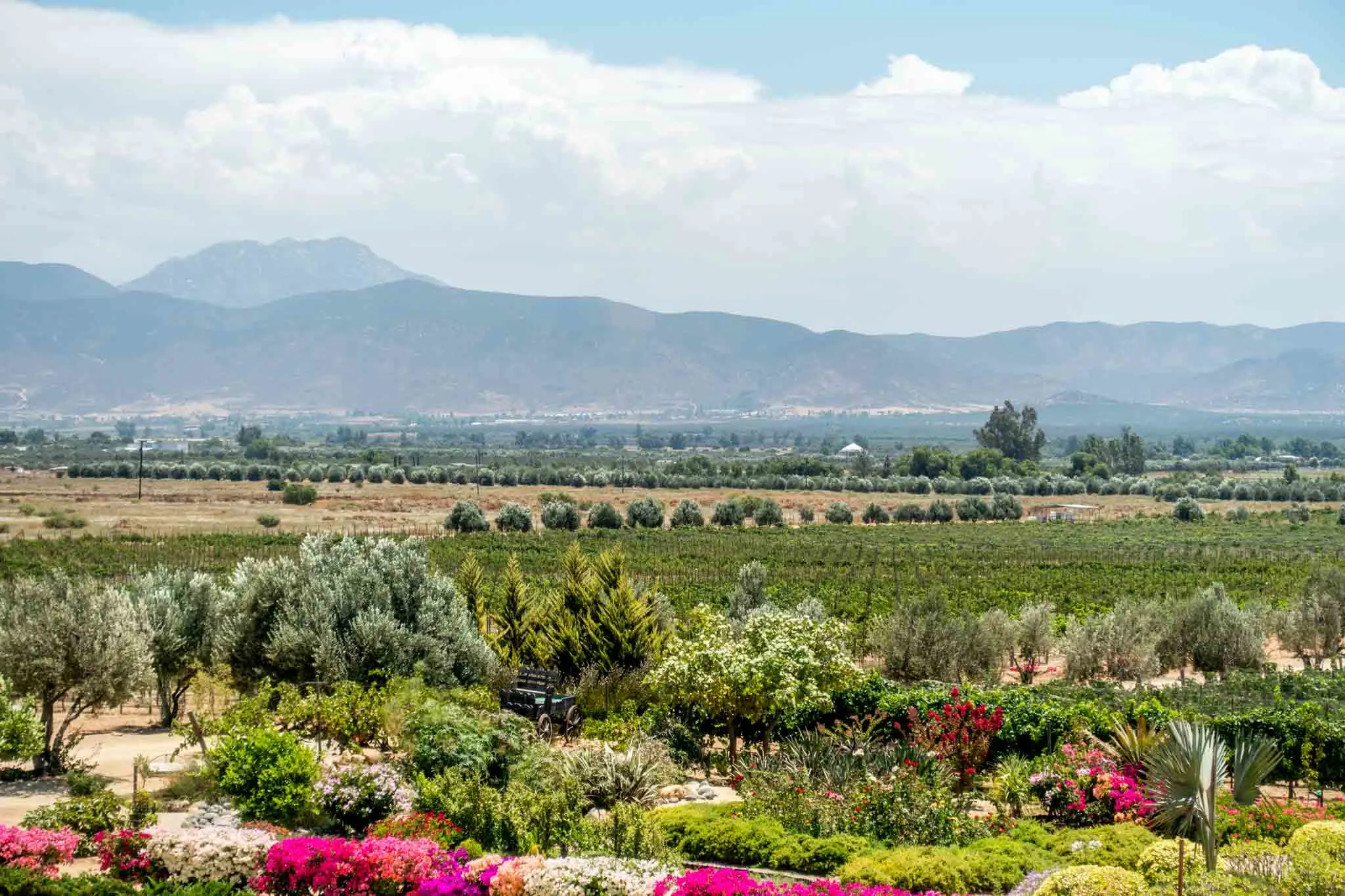
Nearing Ensenada, the Ruta del Vino turns inland and quickly climbs elevation (following Mexico Highway 3). Everywhere the eye can see are the rolling hills of the Mexican wine country planted with vines. We’ve visited a lot of wine regions around the world: from the Moselle in Luxembourg to Stellenbosch in South Africa. The Baja wine country just may be one of the most beautiful in the world.
I recently bumped into the same wine industry friend. He was telling me all about the amazing wines from Mexico coming from this region. He didn’t remember his earlier comments, but I did. He told me the region was the new Napa without all the Silicon Valley money and entitlement.
I learned some of the best young winemakers in the world were coming here from places like Napa, Spain, Chile, and Argentina. He told me that the Baja had the same climate as Sicily and many of the same soil characteristics of the Cotes du Rhone. He said now was the time to drive from San Diego to Ensenada and experience the Guadalupe Valley wine region before it got ruined.
And visit we did.
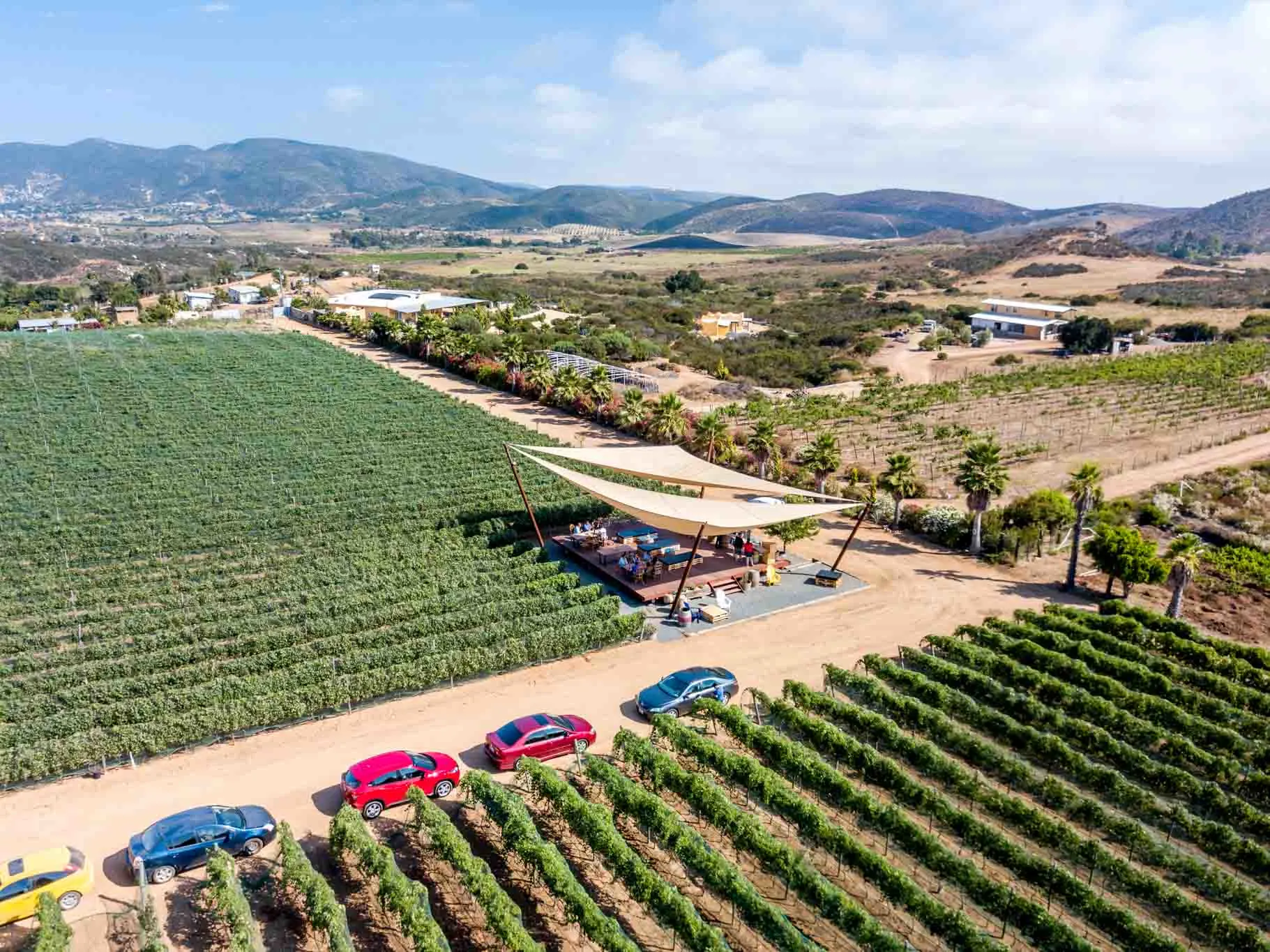
We spent two days crisscrossing the valley and darting between the various Baja wineries. Visiting winery after winery, we were able to begin to come to some conclusions. The local weather brings very hot, dry summers (mid-80s) and moderate, humid winters. Morning fogs are common and sea breezes bring a salinity to the soil. In short, this is perfect grape growing weather.
You’d expect the vineyards to be like Napa…but they aren’t. Instead of Zinfandel and Pinot Noir, you find Petite Sirah and Malbec. While Napa has focused on mass production and a general consumer palate, the wineries in Guadalupe are focusing on the terroir and a fine wine market.
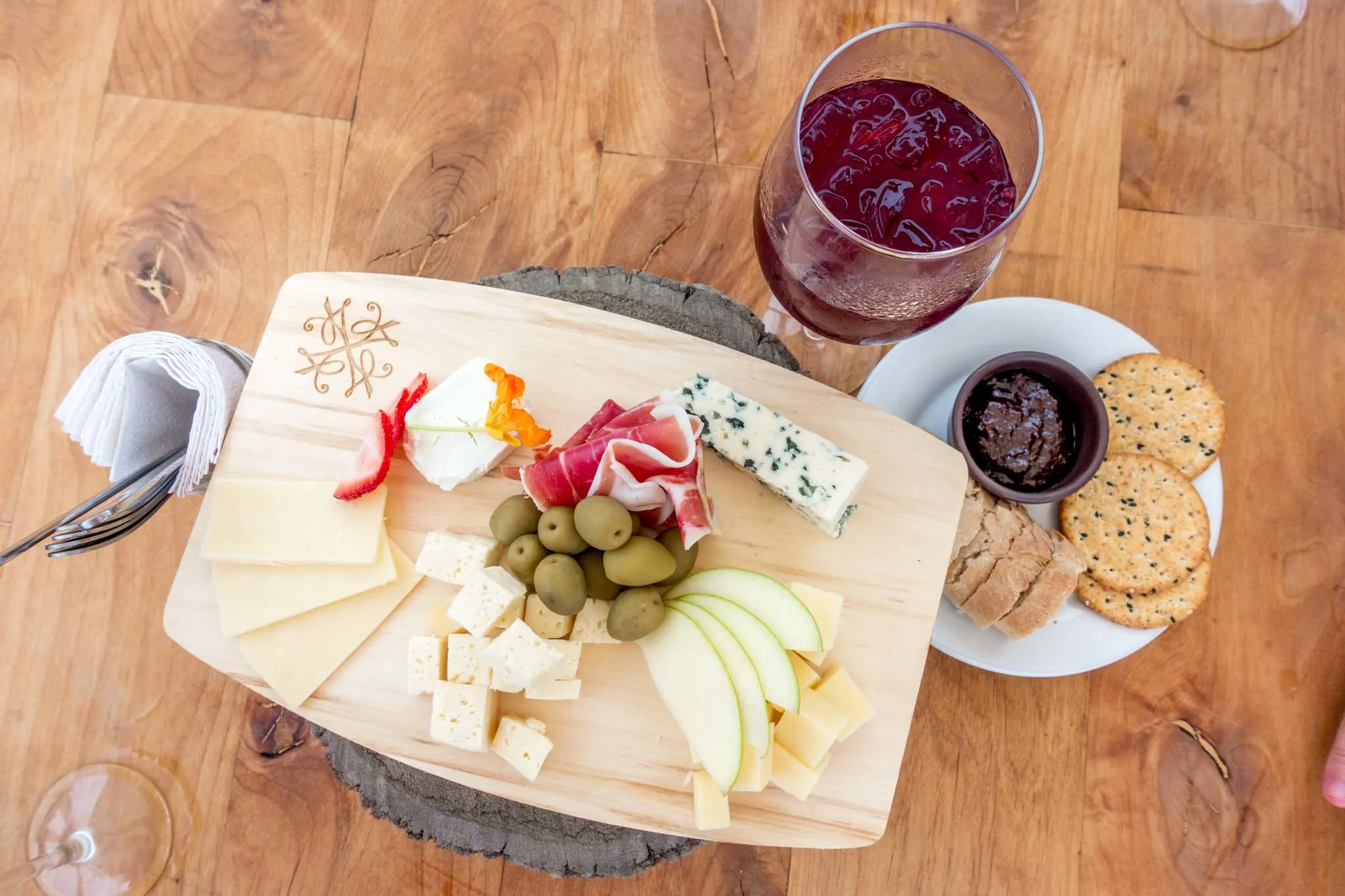
And it was completely unexpected.
We really didn’t know what to expect from the Valle de Guadalupe vineyards. We figured the Ruta del Vino might be some kind of tourist marketing ploy. Perhaps there would be some passable wines. We really didn’t think that Baja would have some world-class wineries. And it did.
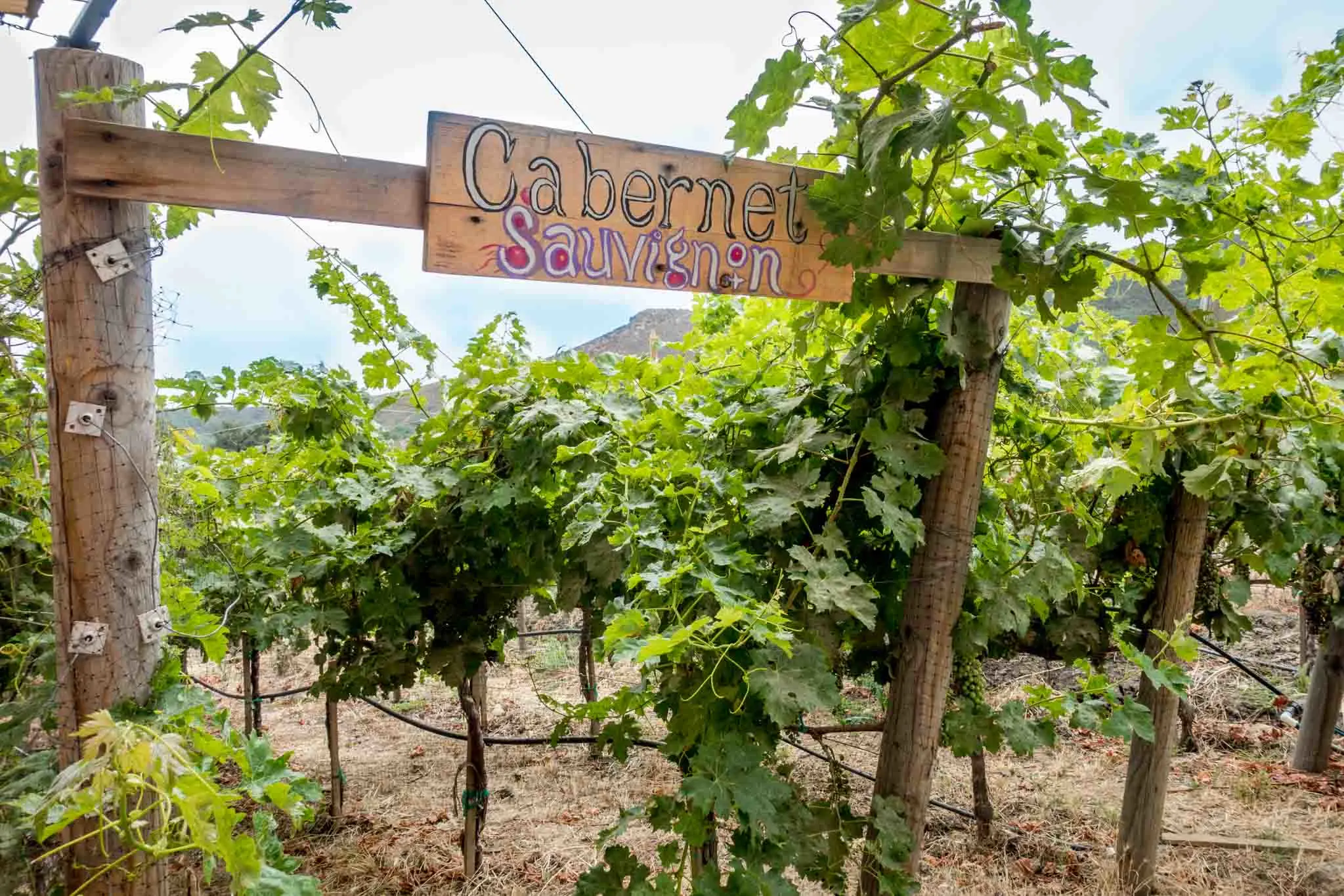
Driving back to San Diego was filled with lots of enthusiasm and excitement. We stopped at the Taqueria el Trailero stand and enjoyed some of the best fried shrimp tacos we’ve ever had. We were high on the local wineries.
All that excitement ran headlong into the modern geopolitical realities: The San Ysidro Border Crossing. This is reported to be the busiest international border crossing in the world. We don’t know about that, but it is absolutely the busiest border crossing in North America.
We’d been prepared for a long wait to cross the border. The U.S. Government puts out a handy app to indicate the wait time to cross the border called the CBP Border Wait Times app. The app was worthless. We’d been prepared to wait for a couple of hours. We’d heard horror stories of two hour waits to get across the border. We thought we were prepared. We were wrong.
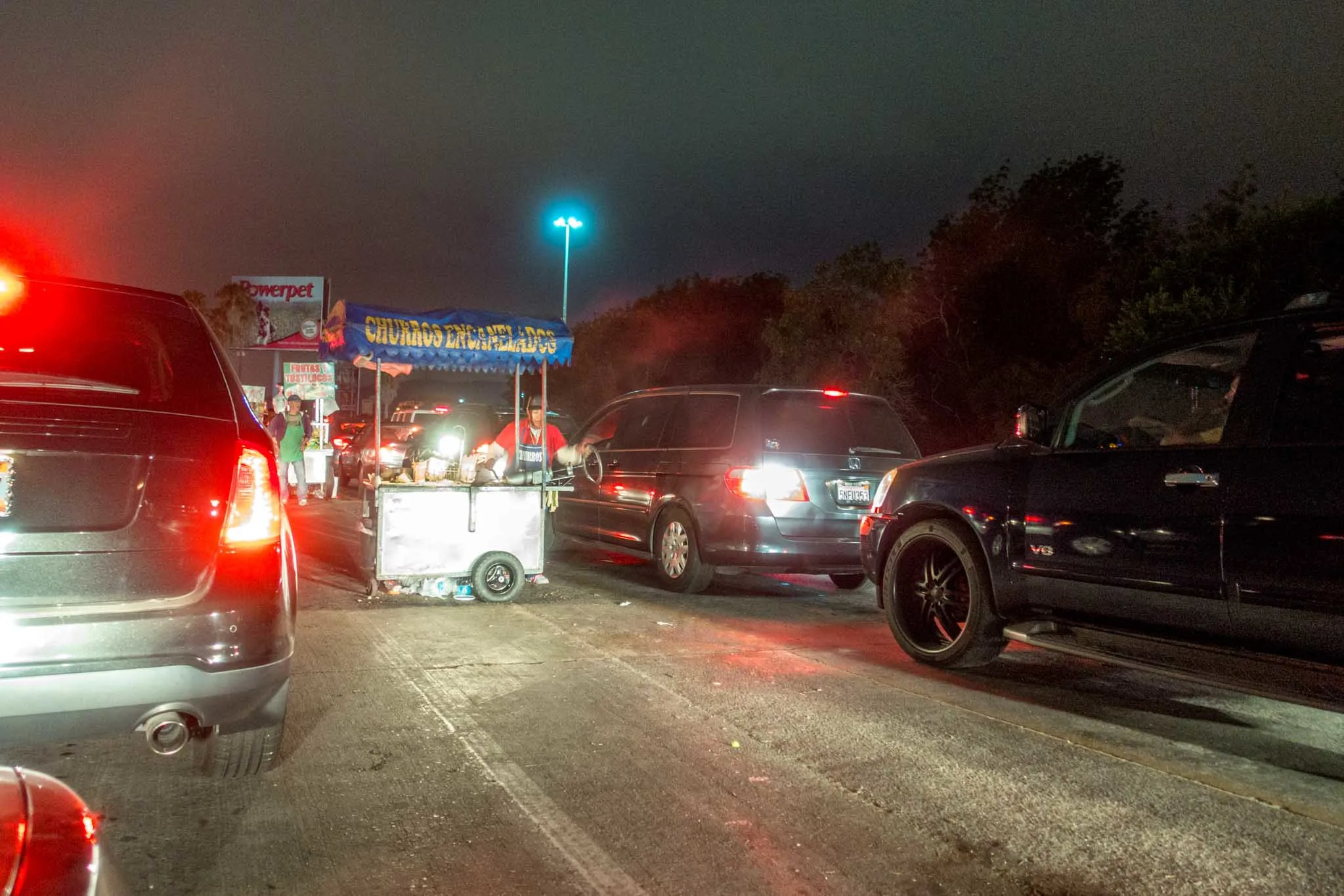
6 hours. Yes, you read that correctly. From the time our car got into line at San Ysidro until we finally crossed the border was nearly 6 hours. For what it’s worth, the entire time we were in line, the worthless app from the U.S. Government indicated a wait time of less than 2 hours and 15 minutes.
We believe that good things come to those who wait (and wait we did). Do we regret it? Absolutely not. If we knew what we were in for, we might have done something different (using the Tecate border crossing or different time of day). The more time that passes, the more fondly we look back on the trip and the experiences we had in the Guadalupe Valley. Despite the hassle provided by the U.S. Government, it was worth it.
Just like the advice we were given, we’ll say the same thing: visit the Valle de Guadalupe wineries now…before they change.
- Top Things We Wished We’d Known About Visiting Mexico’s Guadalupe Valley
- The San Ysidro Border Crossing
- Driving in Mexico
- Mexican Wine Cost
- Visiting Valle de Guadalupe Wineries
- The Vibe in Guadalupe Valley
- Where to Stay in the Valley de Guadalupe
- Valle de Guadalupe Wine Tours
- The Best Valle de Guadalupe Wineries
- The Decantos Vinicola
- Finca la Carrodilla
- Emeve
- Vinicola Adobe Guadalupe
- Vinicola Relieve
- Sol y Barro Winery
- The Bar Bura at Cuatro Cuatros
- Other Popular Baja wineries
- Top Valle de Guadalupe Hotels
- The Top Valle de Guadalupe Restaurants
- The History of Mexican Wine
Top Things We Wished We’d Known About Visiting Mexico’s Guadalupe Valley
The San Ysidro Border Crossing
The San Ysidro border crossing from Mexico into the United States is the busiest land border crossing in the world. Millions of people, cars, and trucks make their way north and south of the border here. At some points, the road is over 25 lanes wide. This can result in lots of traffic. The U.S. Government’s app is only moderately useful for indicating relative wait times (is this time busier or slower than other times), but shouldn’t be relied on for accurate information. You may have better luck at other border crossings.
Driving in Mexico
Driving in Baja, Mexico is extremely easy. The main roads are all paved and in good shape. However, drivers coming from north of the border in their own cars need to know that car insurance in Mexico is mandatory and your comprehensive auto policy from home is not valid in Mexico.
On our journey, we purchased insurance from Mexico Insurance Professionals. Also, if you are worried about driving in Mexico, our book, The Essential Guide to Driving Abroad, may be helpful.
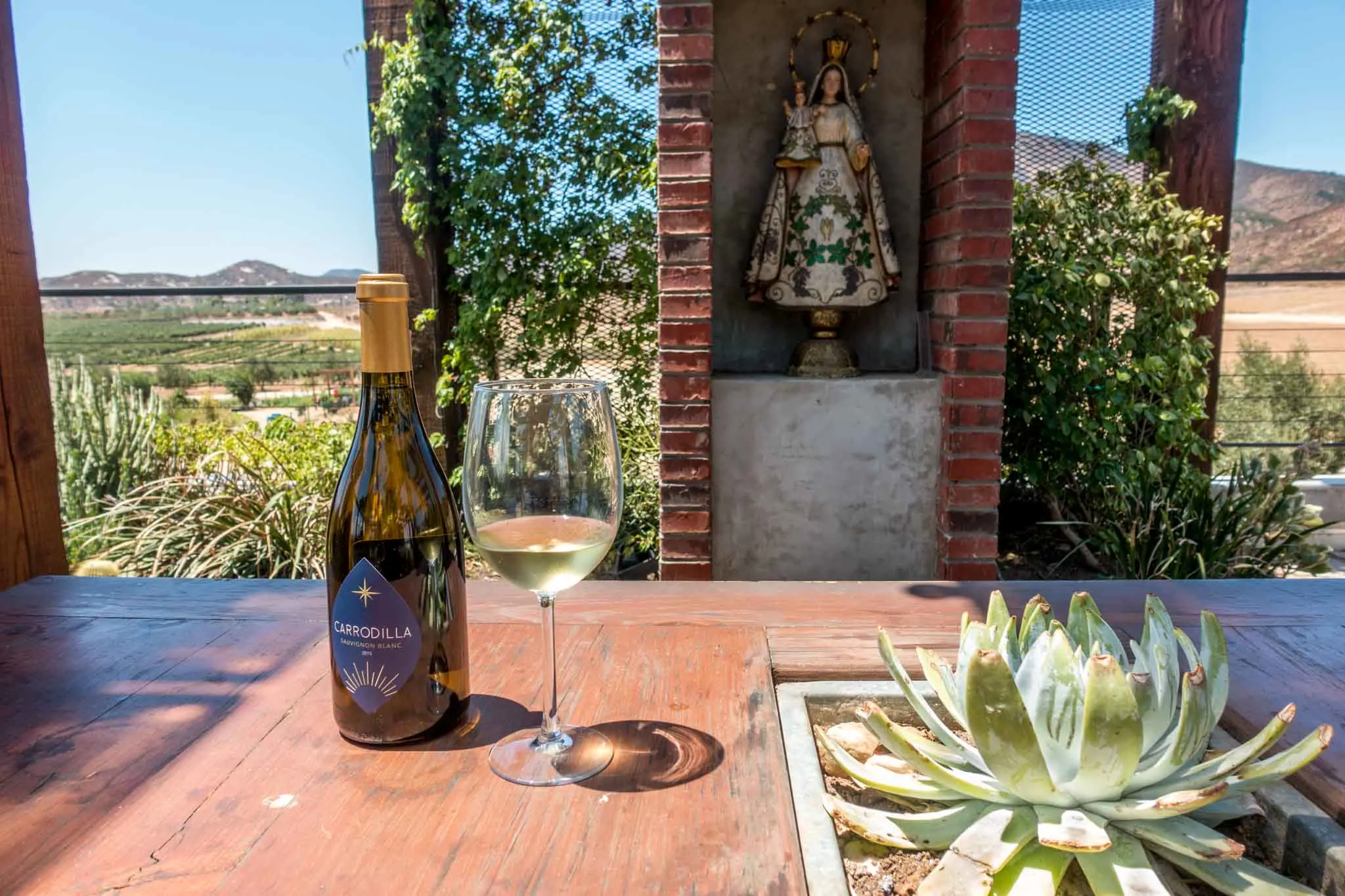
Mexican Wine Cost
Despite the fact that Guadalupe Valley wine is not from Napa, expect to pay Napa-level prices. Reasonable bottles will start around $25, mid-range bottles around $35, and higher-end bottles north of $50. The quality is excellent, but this is primarily driven by supply: a Guadalupe Valley winery is much smaller and produces smaller quantities, which keeps prices higher.
Visiting Valle de Guadalupe Wineries
It’s relatively straightforward to visit the wineries. Unlike wineries in other parts of the world (such as France or Italy), you don’t need an appointment. Keep in mind that the wineries here tend to have more limited hours than what you may be accustomed to.
Most wineries won’t open before 11:00am (some won’t open until noon or 1:00pm) and most close earlier than you might expect. Some wineries will start closing at 4:00pm, however most wineries will close between 5:00 and 6:00pm. These limited hours mean you’ll want to plan carefully which wineries you want to visit. Wineries all have lots of space, so parking isn’t a problem. Most have English speaking staff. About half charge for tastings.
The Vibe in Guadalupe Valley
This valley is relatively relaxed, however, it is a popular in-country destination for affluent Mexicans and is a get-off-the-map hippie hideout for many Americans. The yin and yang of money and relaxation means that you can find exactly what you want here.
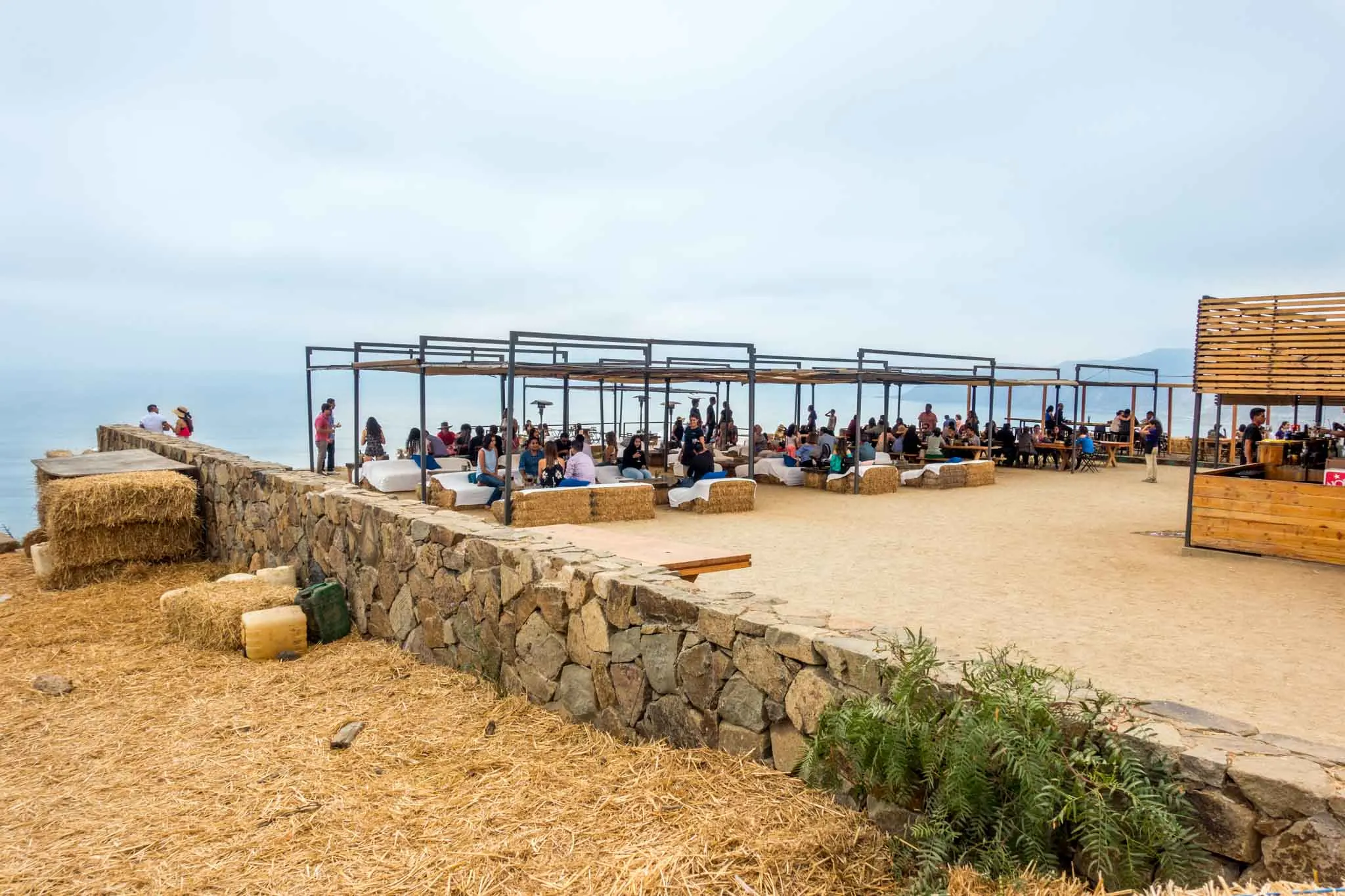
Where to Stay in the Valley de Guadalupe
As we discovered, hotels in Valle de Guadalupe can be expensive. Like really expensive. If you’re heading to the region, see our specific recommendations in the section below. From experience, there are very few mid-range hotels in the area. You are limited to either really expensive ultra-luxury or super-budget accommodations.
If you’re looking for something more mid-range, consider a vacation rental (see here for a great selection of vacation rental properties). Alternately, you might consider some of the Ensenada resorts (see examples here).
Valle de Guadalupe Wine Tours
While we’re big proponents of independent travel, if you’d rather not be bothered, it’s possible to get a Guadalupe Valley wine tour from San Diego as a day trip (such as this one). Or, if you’re staying south of the border there are also Valle de Guadalupe tours from Tijuana or Ensenada (see options here).
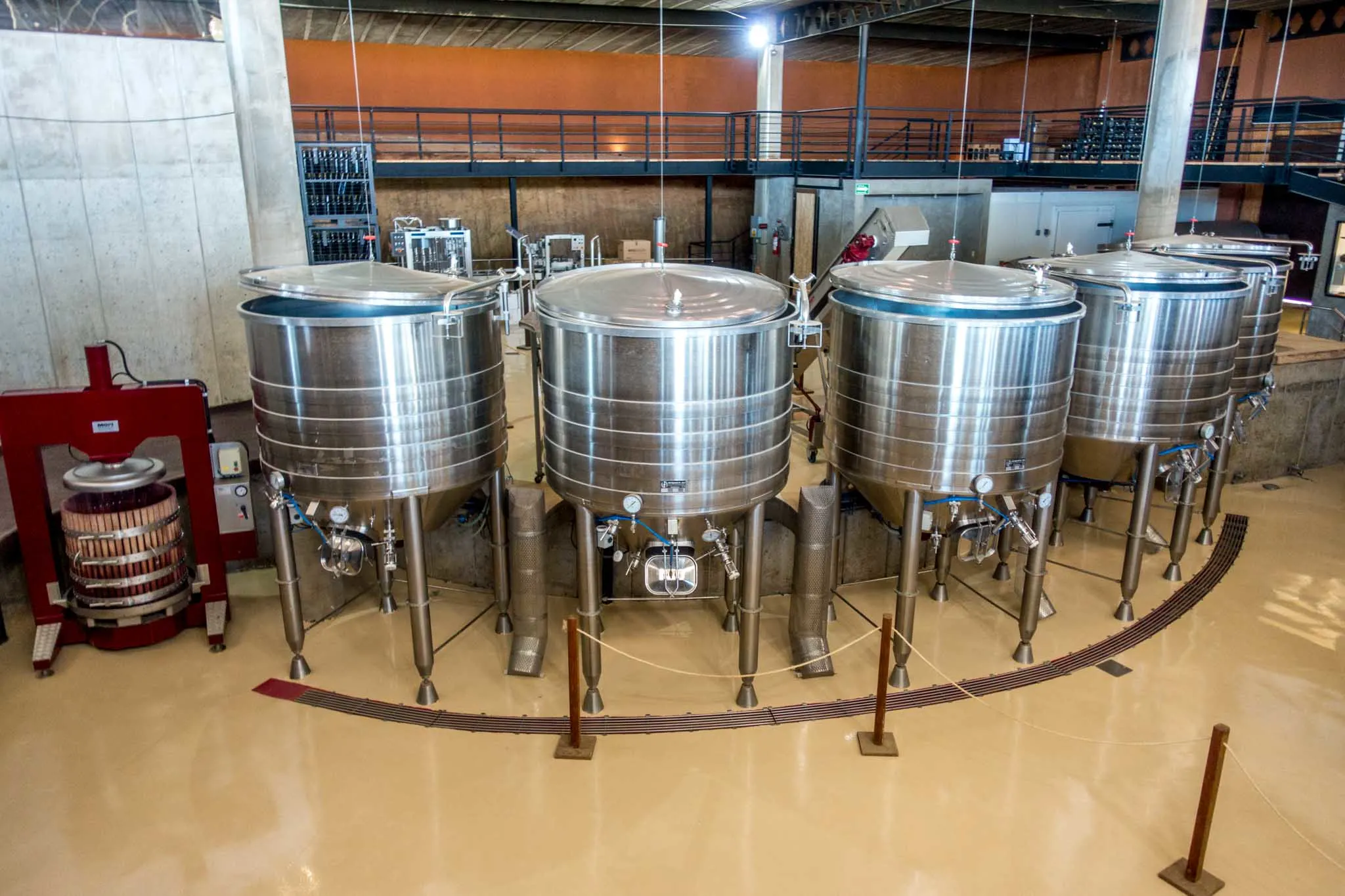
The Best Valle de Guadalupe Wineries
Ask anyone in Baja and you’ll likely get very different recommendations for the best wineries in Valle de Guadalupe. After spending a long weekend exploring, here are our favorite wineries.
The Decantos Vinicola
Sitting high on one of the hills, the Decantos Vinicola offers commanding views of the entire valley from its ultra-modern tasting room. Looking like it is transported right out of Napa, Decantos is one of the fanciest wineries in the region. Website: https://decantosvinicola.com/
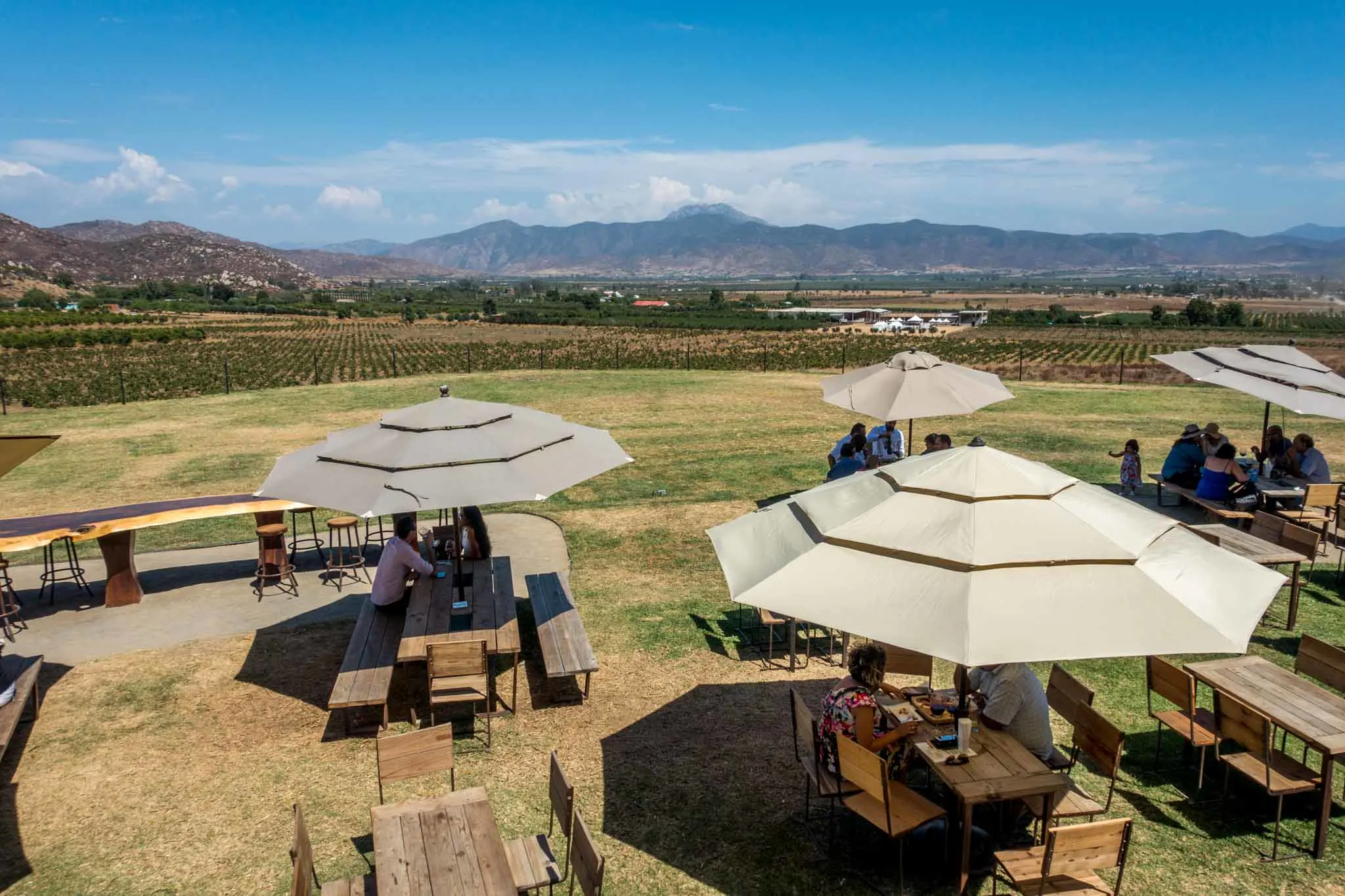
Finca la Carrodilla
The Finca la Carrodilla winery was probably our favorite in the valley. Sitting at the far western edge of the valley, the modern tasting room offers beautiful views of the hills and the winery has a beautiful garden to explore.
The wines and tasting plates were excellent! There’s a small café on the property, which also looked amazing, but we didn’t have the chance to enjoy. Website: http://www.fincalacarrodilla.mx/
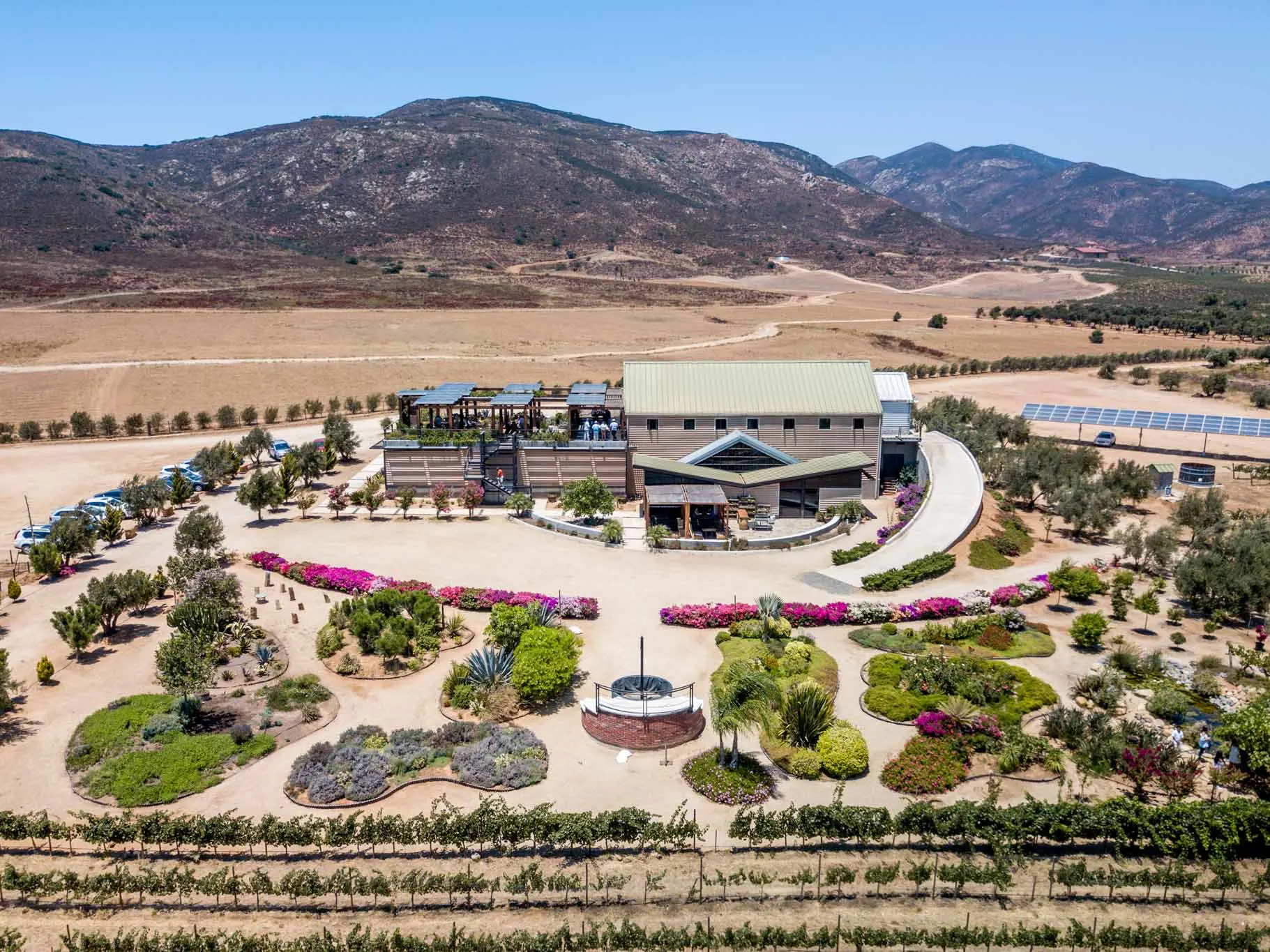
Emeve
Vitivinicola Emeve is one of the premier producers in the valley. Their beautiful tasting room looks out on the vineyards and the hills of the valley and is located on one of the main roads in the valley.
The winemaker at Vinicola Emeve is from Chile, so the winery produces many varietals that are common to that area: Malbec, Cabernet Sauvignon, Shiraz, and Chardonnay, as well as several blended wines. Website: https://vinicolaemeve.com/en/
Vinicola Adobe Guadalupe
Adobe Guadalupe is one of the oldest, most popular, and most photographed wineries in the Guadalupe Valley. The tasting room experience is mostly a store, however, the winery places host to the Adobe Guadalupe food truck. This makes the perfect place to stop for lunch and order a bottle of wine. Website: http://www.adobeguadalupe.com/
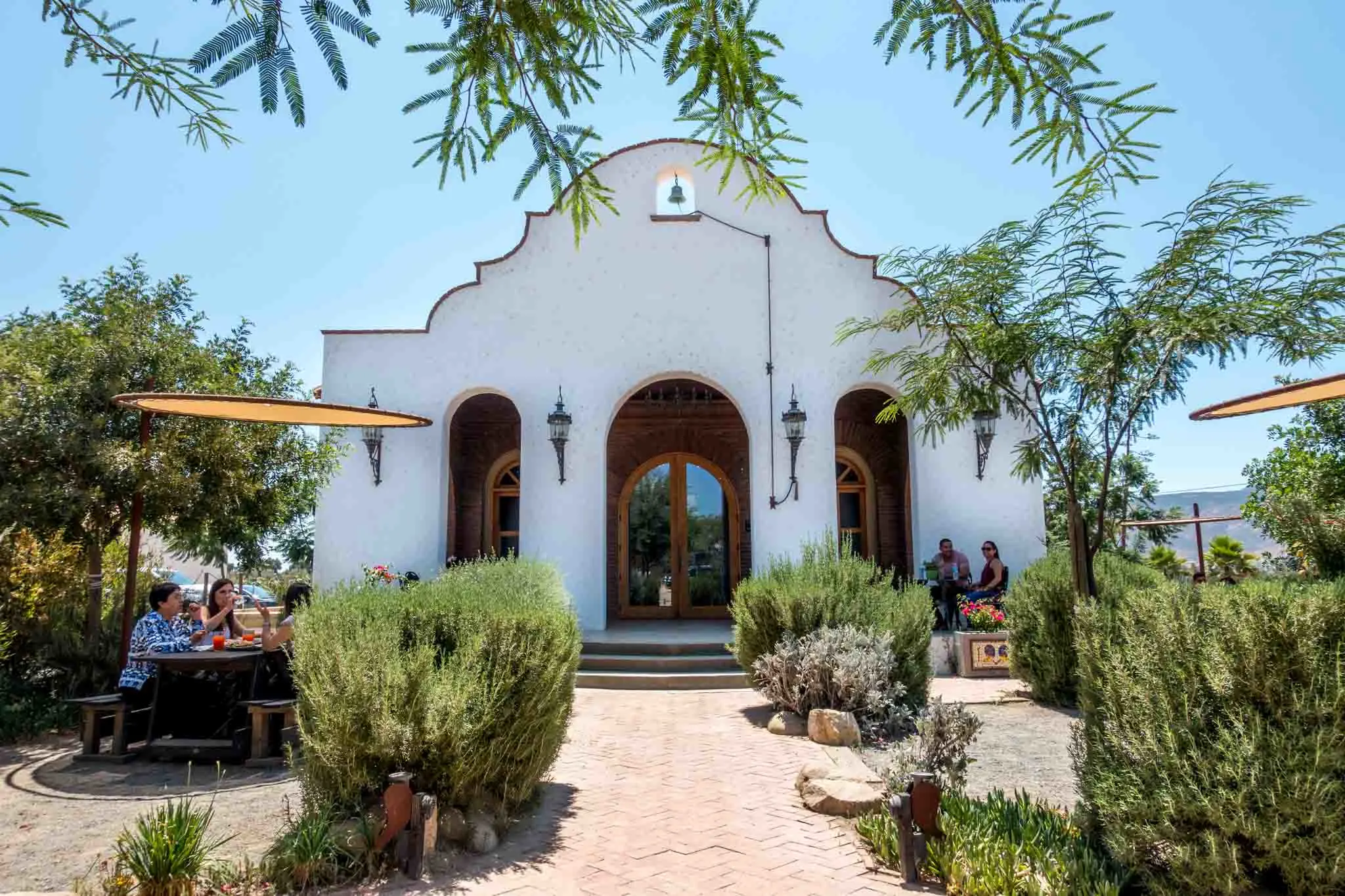
Vinicola Relieve
Located in the hills of the valley, Vinicola Relieve gets props from one of the best tasting experiences in the valley. Located in the midst of the vines, tastings are done under broad sunshades.
Focusing on Merlot, Tempranillo, and Sauvignon Blanc, these were some of the best wines we sampled in the valley, and we brought several bottles home with us. Website: http://www.relievevinicola.com/
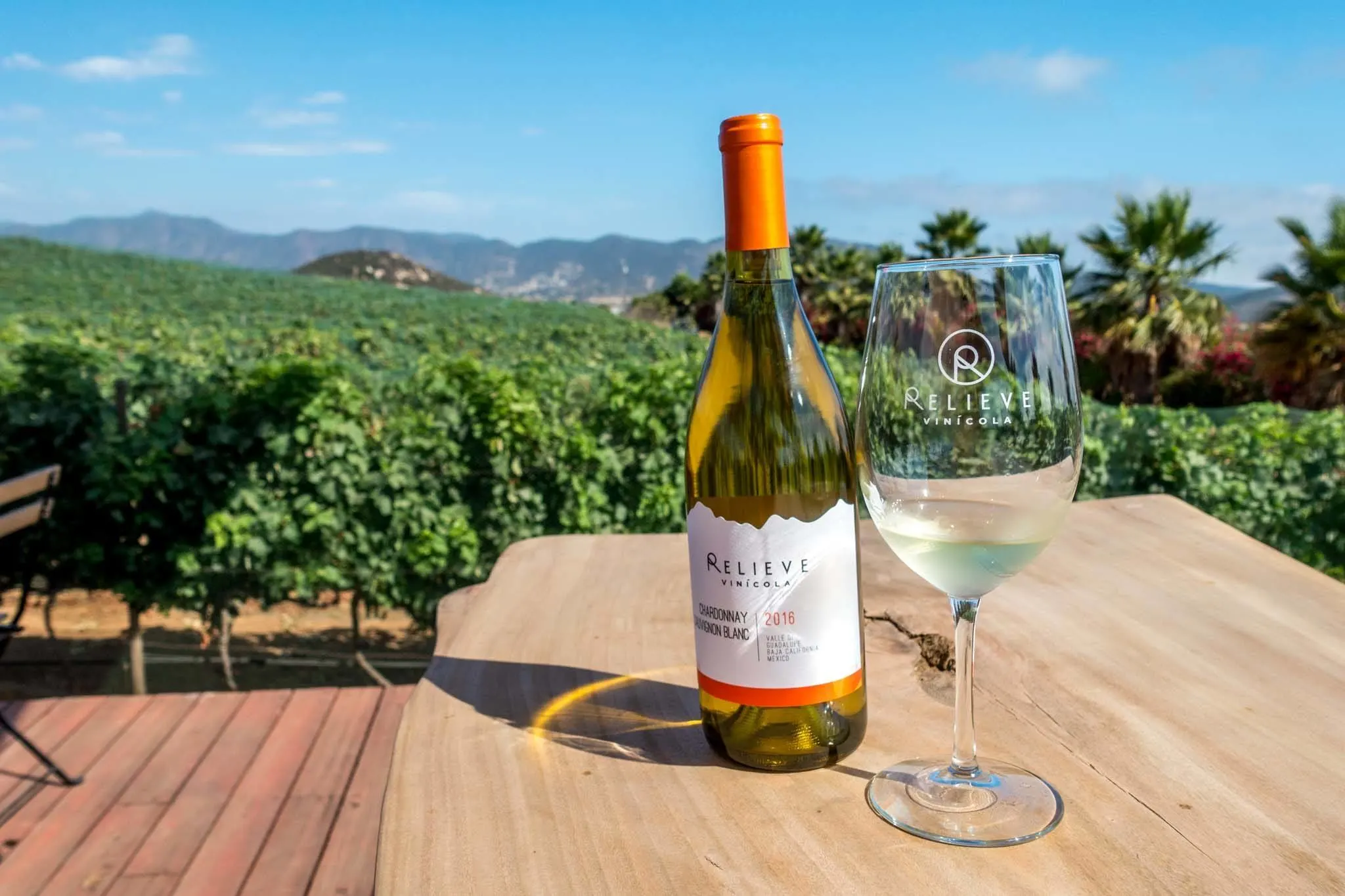
Sol y Barro Winery
The Sol y Barro Winery is one of the most unusual wine tasting experiences we’ve ever encountered. The passion project of winemaker from Switzerland, it is part winery and part hippie commune. Sol y Barro focuses on red varietals. Website: https://www.facebook.com/solybarro
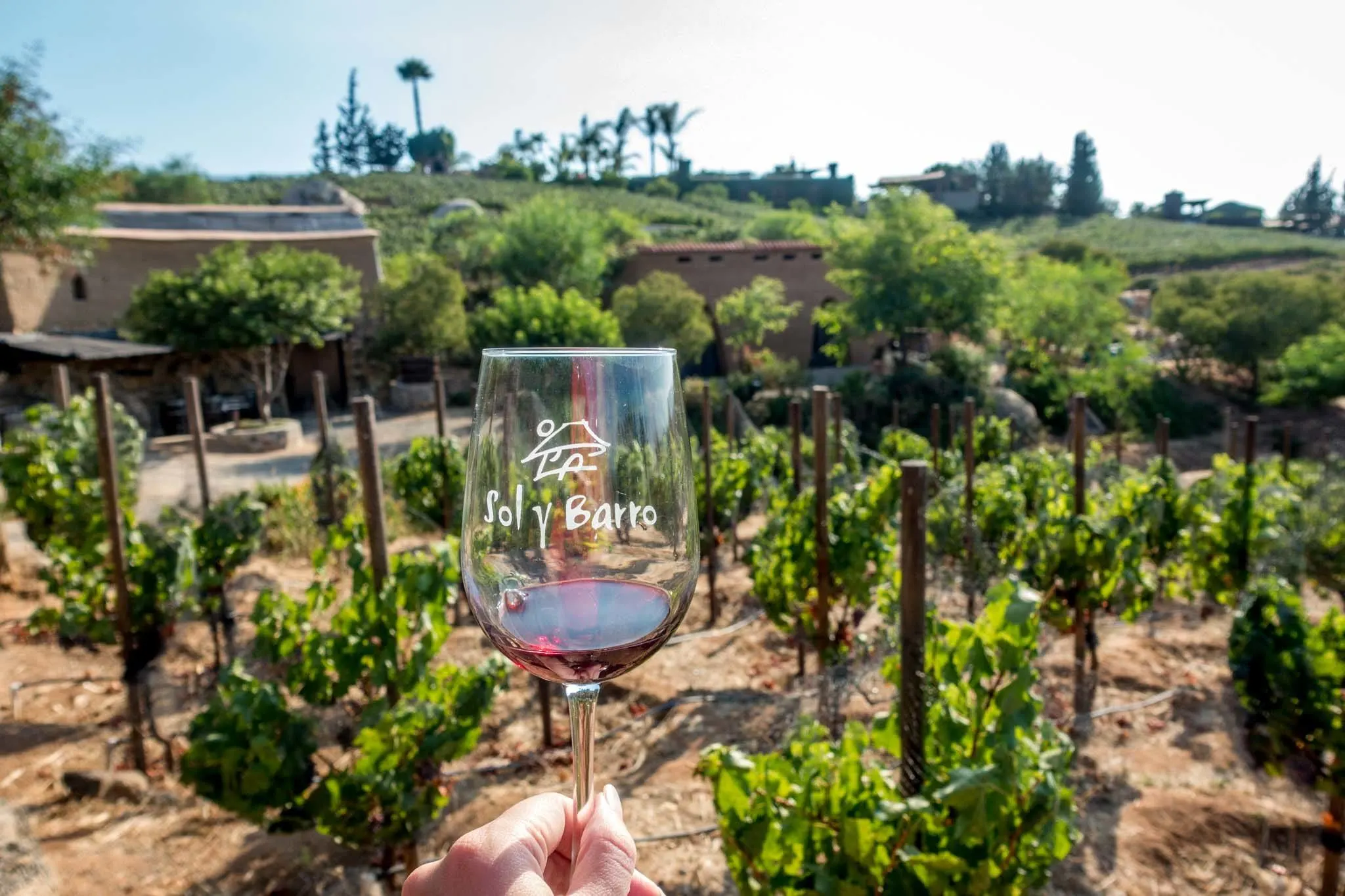
The Bar Bura at Cuatro Cuatros
Cuatro Cuatros is a planned development community along the coast, sitting between the heart of the Guadalupe Valley and the Pacific Ocean. The tasting room sits right off the road in a stone building among the vines. However, we headed directly across the property to the Bar Bura.
This bar/restaurant sits at the end of a long dirt road on top of a hill overlooking the ocean (take the road until it dead ends, then board the shuttle bus to get to Bar Bura). This is the most beautiful in the whole region and is a must visit spot. Website: https://cuatrocuatros.mx/en/
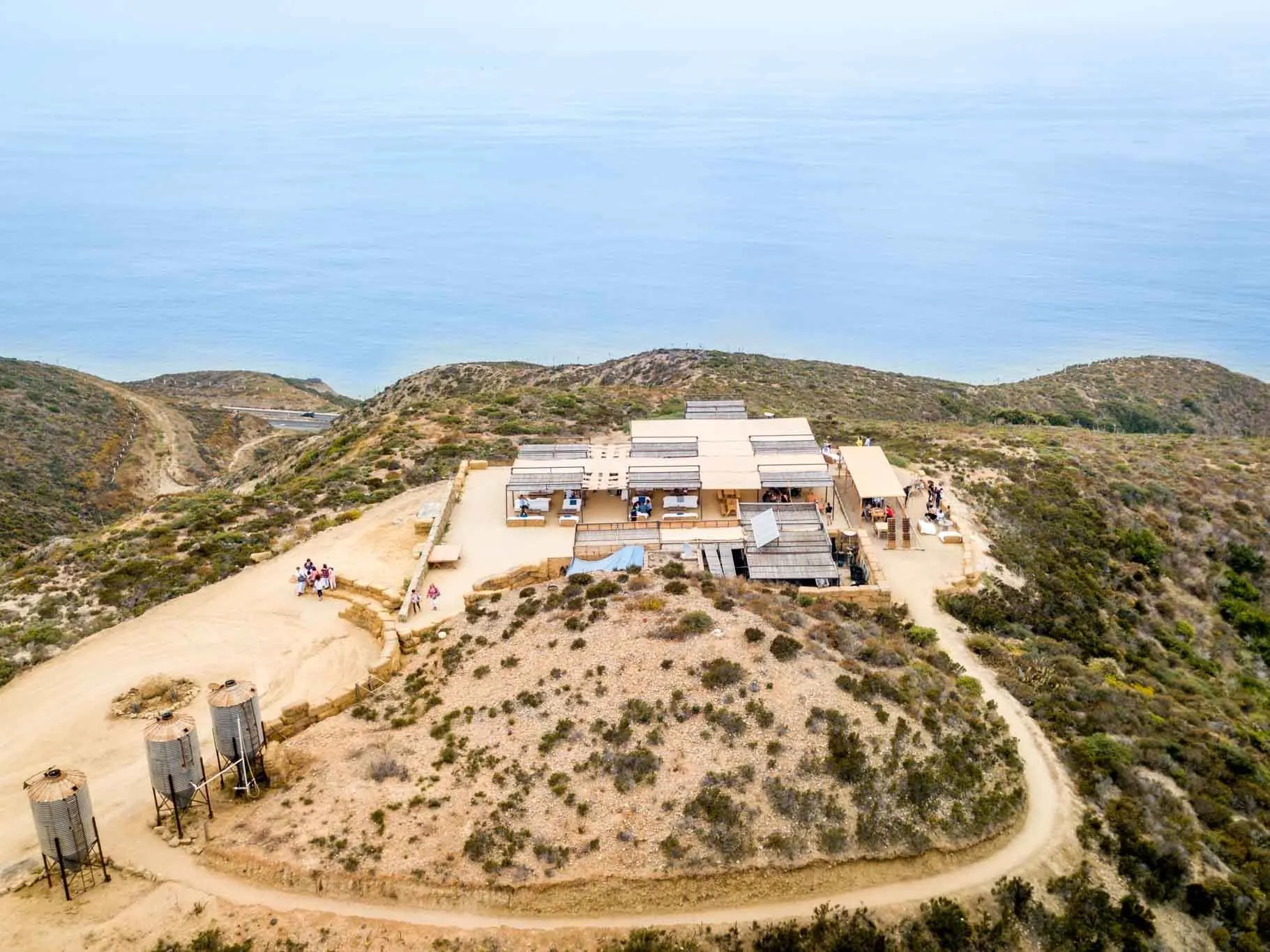
Other Popular Baja wineries
- The El Cielo tasting room. Website: https://vinoselcielo.com/
- The La Cetto tasting room. Website: http://lacetto.mx/
Top Valle de Guadalupe Hotels
As mentioned above, hotel options can be a little limited. We went at the absolute peak season: a three-day weekend in the summer. Getting an affordable room in the valley proved impossible and we ended up renting a beach-front house near Ensenada.
If you’re heading south of the border, here are our recommendations on where to stay in Valle de Guadalupe:
Hotel Encuentro Guadalupe
This super modern and ultra-minimalist property is part hotel and part camping (yes, it is glamping). Rooms at the Hotel Encuentro Guadalupe offer stunning views of the valley and put you right in the heart of the wine region. There’s no finer place to stay.
Hotel Boutique Valle de Guadalupe
This hotel offers a little something for everyone. This boutique hotel has traditional rooms, ultra-modern villas, lofts, suites and even a private chalet. The hotel sits in the valley and has great views of the surrounding hills.
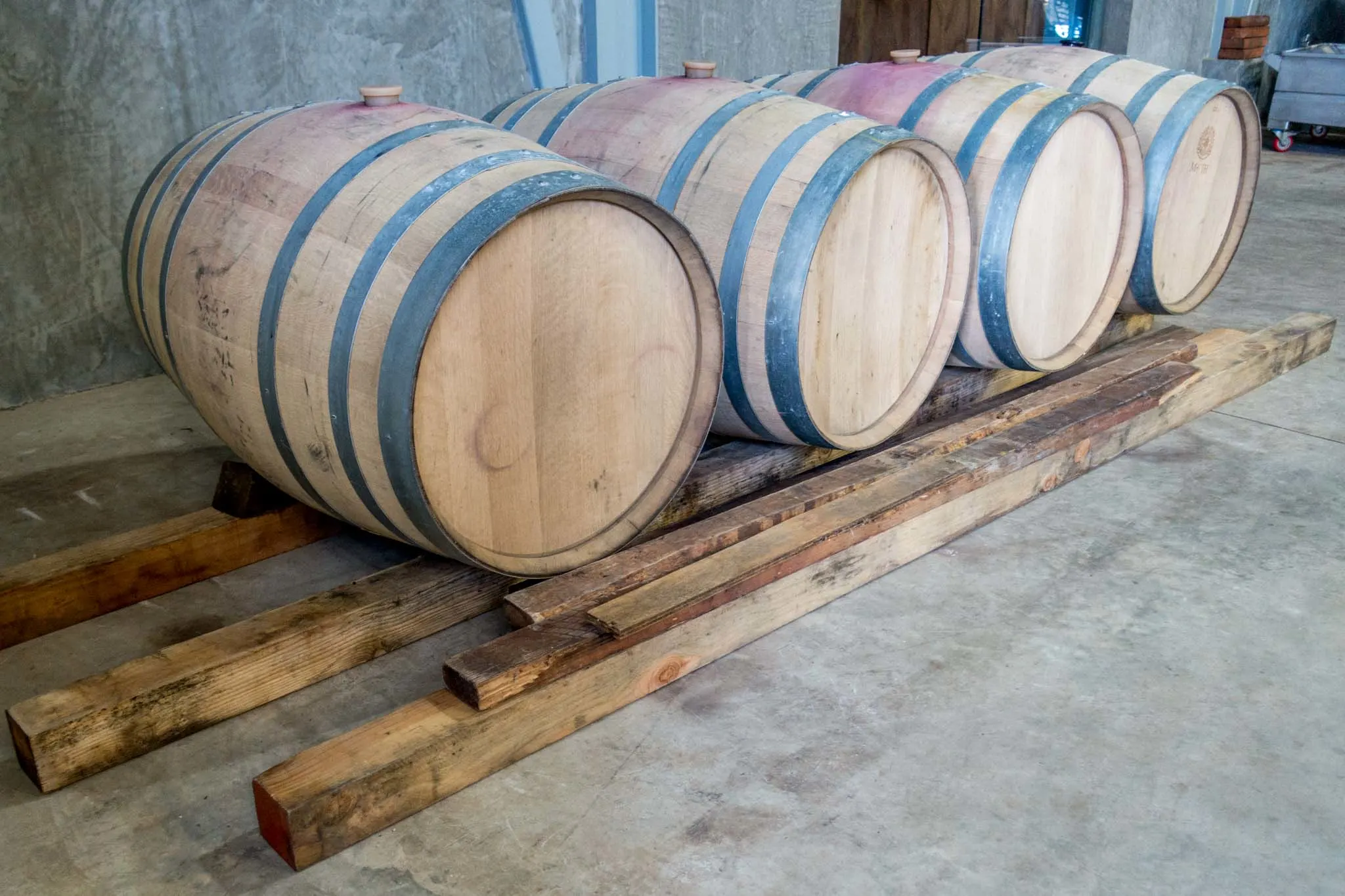
Ensenada Resorts
If you have difficulty finding accommodations in the valley, look to Ensenada. Just 30 minutes away at the start of the wine route, there are number of other options in Ensenada. You can find several resorts on the water, as well as some house and apartment rentals.
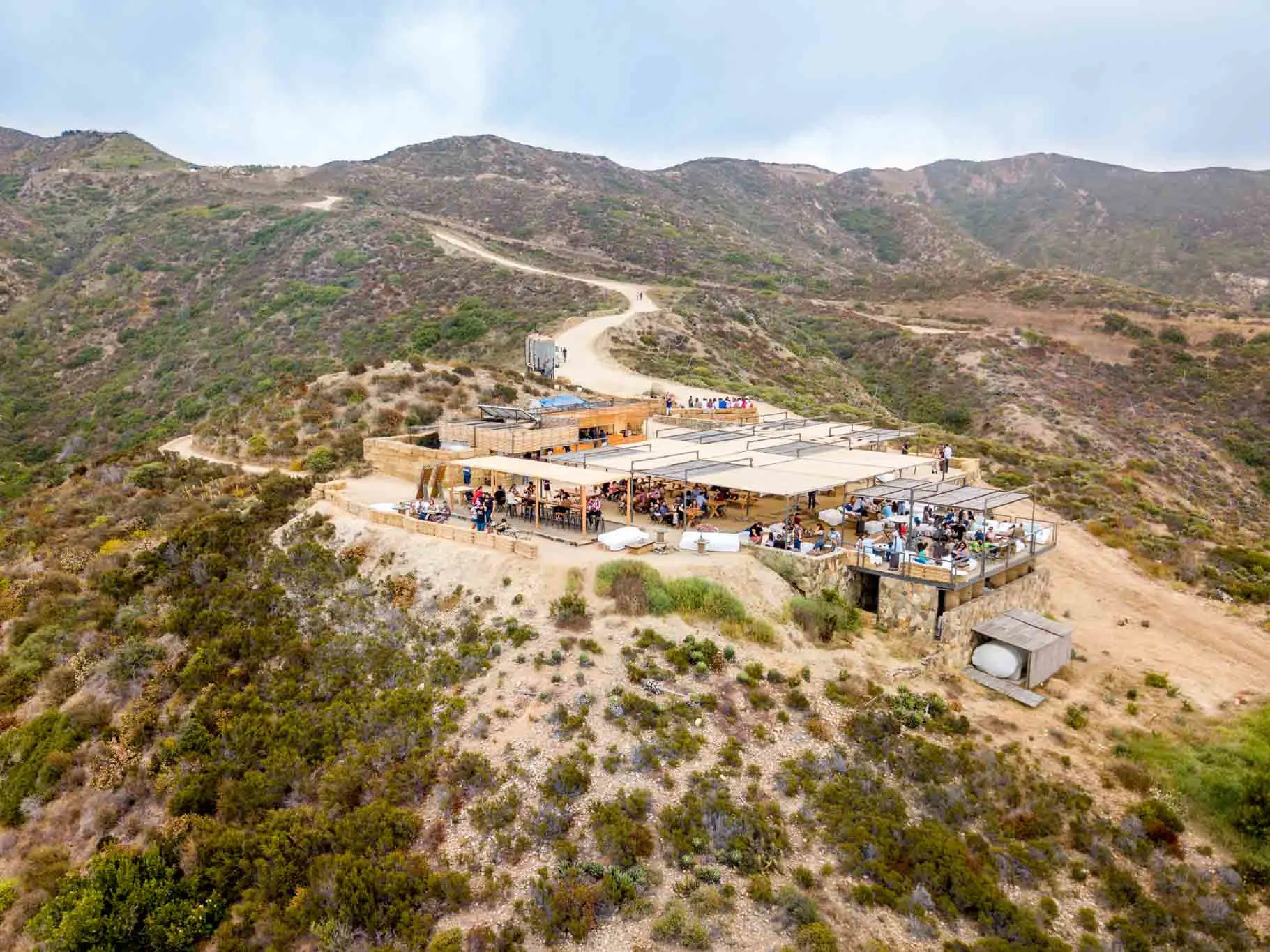
The Top Valle de Guadalupe Restaurants
Here a few recommendations for Guadalupe Valley restaurants:
Taqueria el Trailero
This is the very definition of street food. The Taqueria el Trailero stall located at km 101 on the Ensenada-Tijuana highway (heading in the direction of Carretera) is not actually in the valley, but you’ll likely pass it coming to and from. It’s absolutely worth a stop. The food is insanely cheap and even more insanely delicious (splurge on the shrimp tacos).
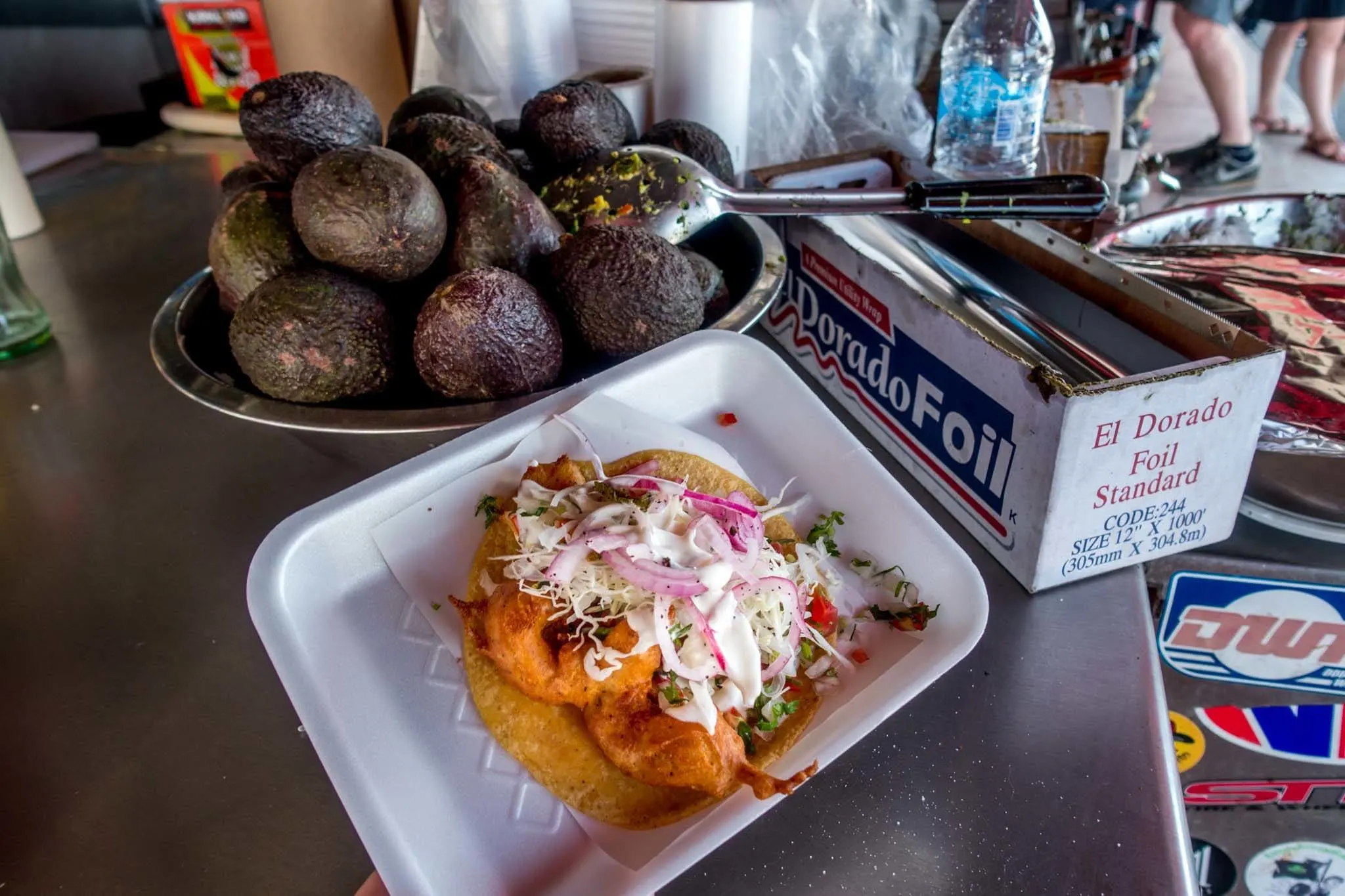
Laja
One of the more popular restaurants in the valley, Laja offers inventive foods with a view. This is haute cusine, and expect to pay California-level prices. A splurge but worth it.
Adobe Guadalupe Food Truck
A reasonable lunch spot serving creative tacos and sandwiches. The Adobe Guadalupe food truck menu changes frequently. Pick up a bottle of wine from the neighboring winery and enjoy your food on the picnic benches.
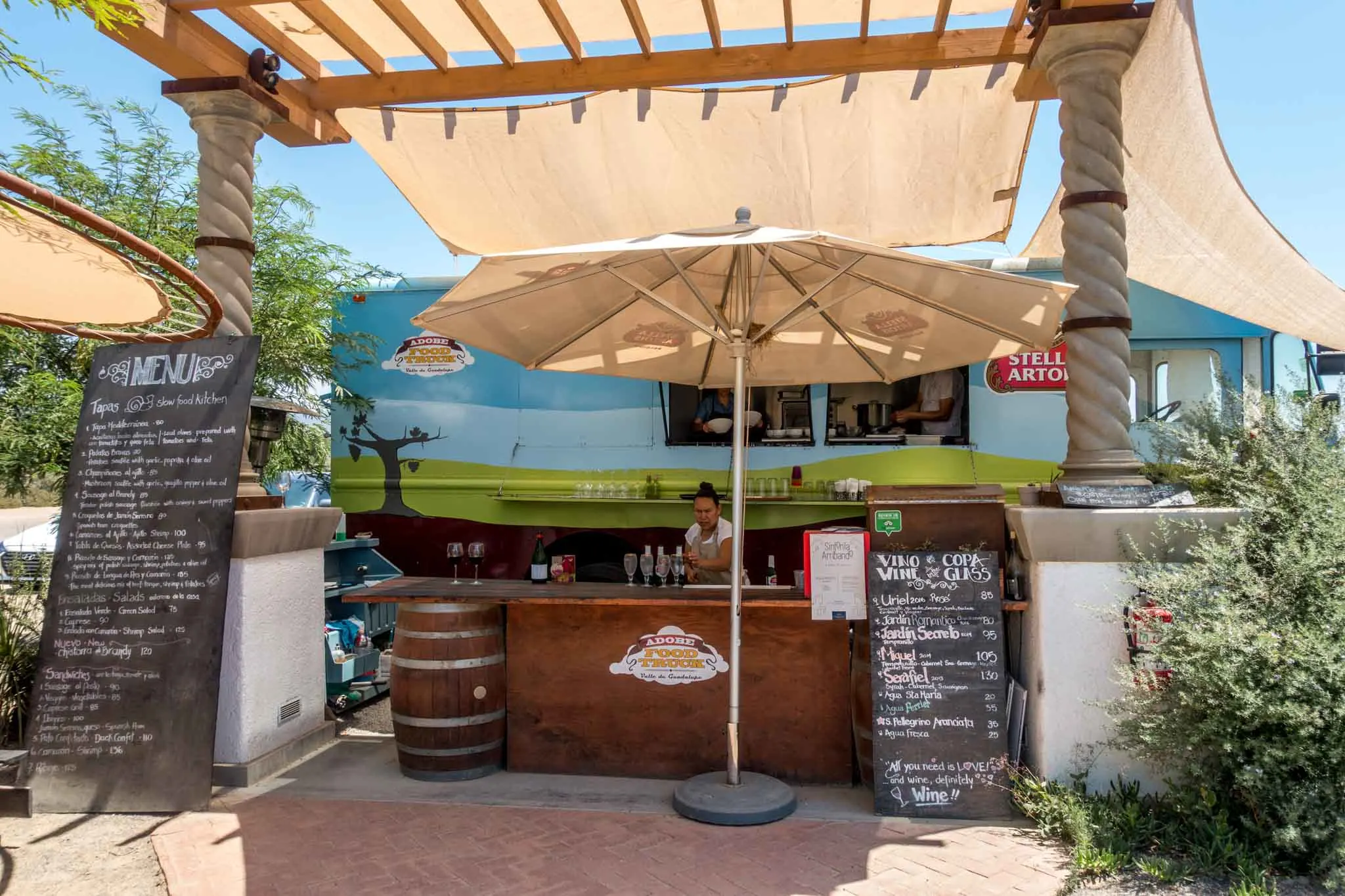
Restaurante Manzanilla
Located in the very visually unappealing port area of Ensenada, Manzanilla offers good food in an upscale environment. The lack of view or ambiance is disappointing.
The History of Mexican Wine
We geek out on all this historical and were surprised to learn there has actually been a long history of wine production in Mexico dating back to the early-16th century.
Supposedly, wine production began some time around 1524 when Cortez ordered vines planted to sustain his soldiers occupying the Aztec Empire. The order was given to plant 1,000 grapevines for each 100 native servants (i.e., likely slave). However, the growths were planted in tropical environments and quickly died.
Subsequent efforts in other Mexican regions (namely Coahuila, Puebla and Zacatecas) were more successful. In fact, the very first and oldest winery in the new world is in Mexico: Casa Madero. Founded in 1597 in Santa Maria de las Parras, this winery is still going strong. Grapevine cuttings from this region would eventually populate the wineries in Napa, Sonoma, Temecula, Argentina, Chile, as well as re-population efforts back in Europe after blights.
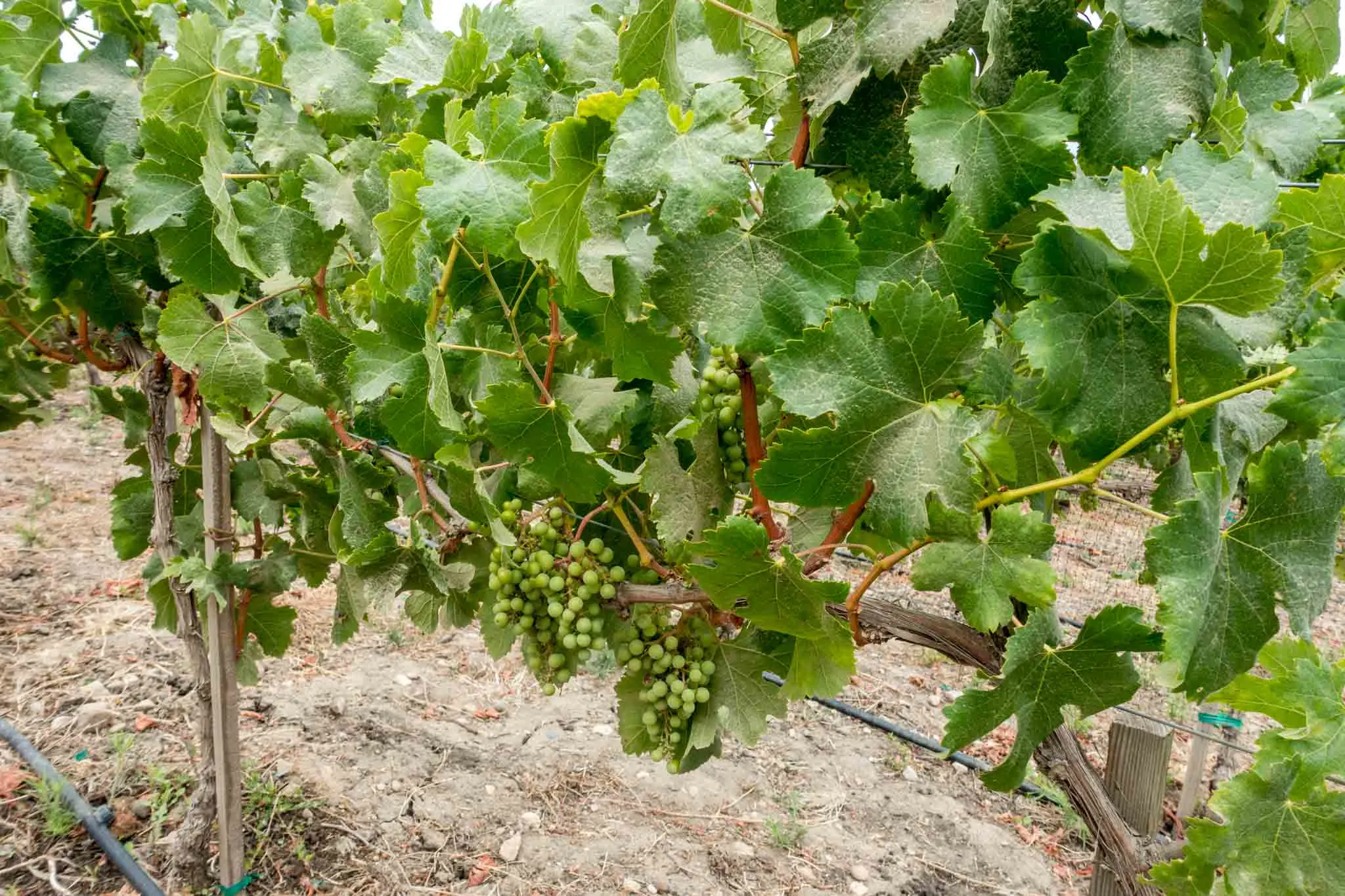
On the eve of the 18th century, in 1699, Charles II banned production of wine in the colonies, as a way of propping up failing wine production in Spain. Even then, efforts at economic protectionism were not ultimately successful and the production of wine in Mexico continued. Most of that production continued on the grounds of the Catholic missions.
The very first Baja winery was founded in 1701 by a Jesuit priest on the site of the Loreto Mission. Dominican friars followed and began producing wine in 1843 in the area.
All good things must come to an end and so much wine production. In 1857, the Mexican government seized the land of the Catholic Church and booted them from the country. Most Catholic missions and their vineyards languished.
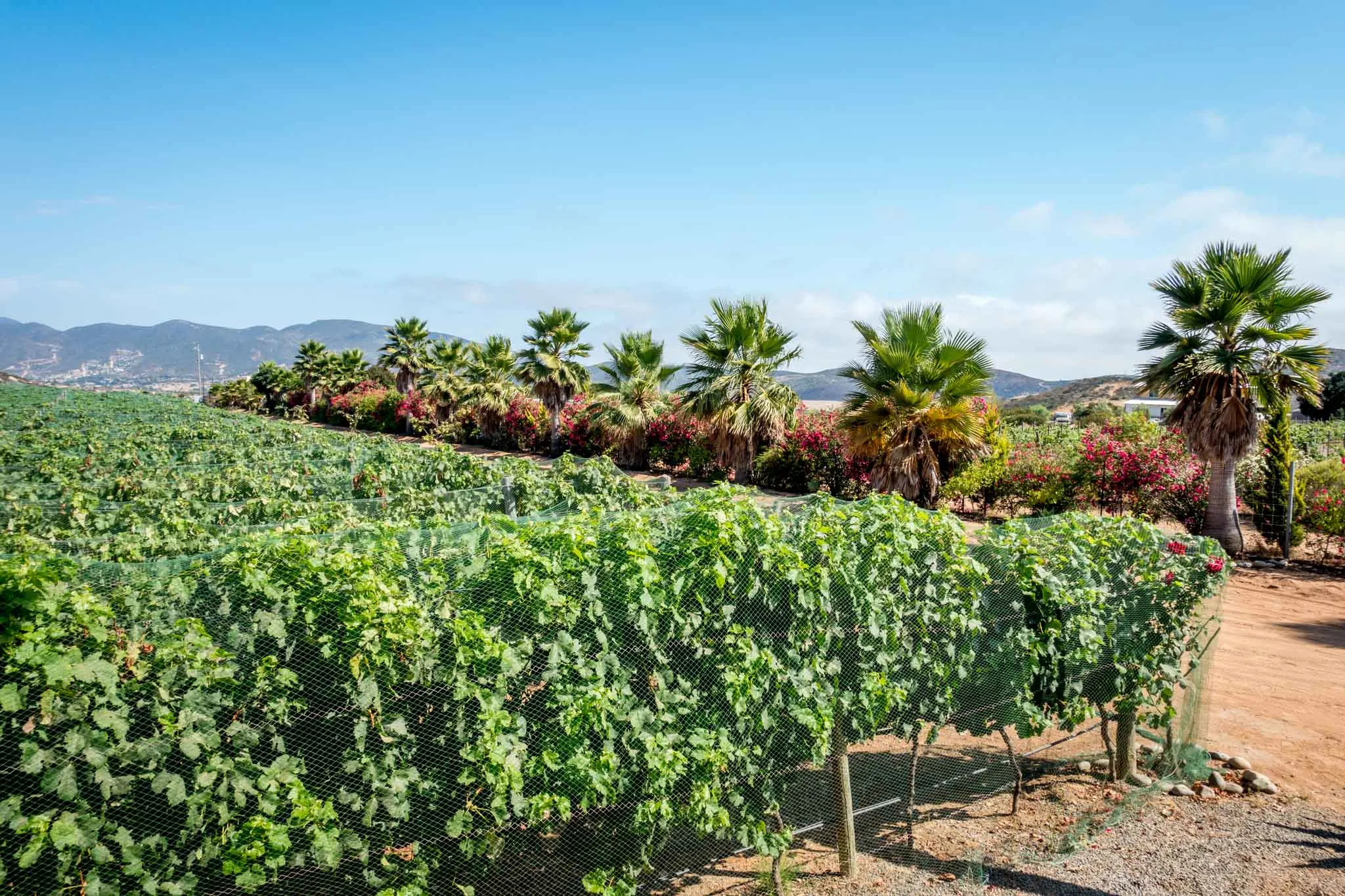
After the 1910 Revolution, Mexicans turned their attention to that other Mexican wine: beer. Wine production didn’t really take off until the 1970s, when the are was replanted, a wine school was opened in 1972, and Mexican interest in wine took off. In 1987, the Mexican government opened up the domestic market to foreign wine producers, which hit the Baja wineries hard, however, the region is back and interest in the Guadalupe wine has never been higher.
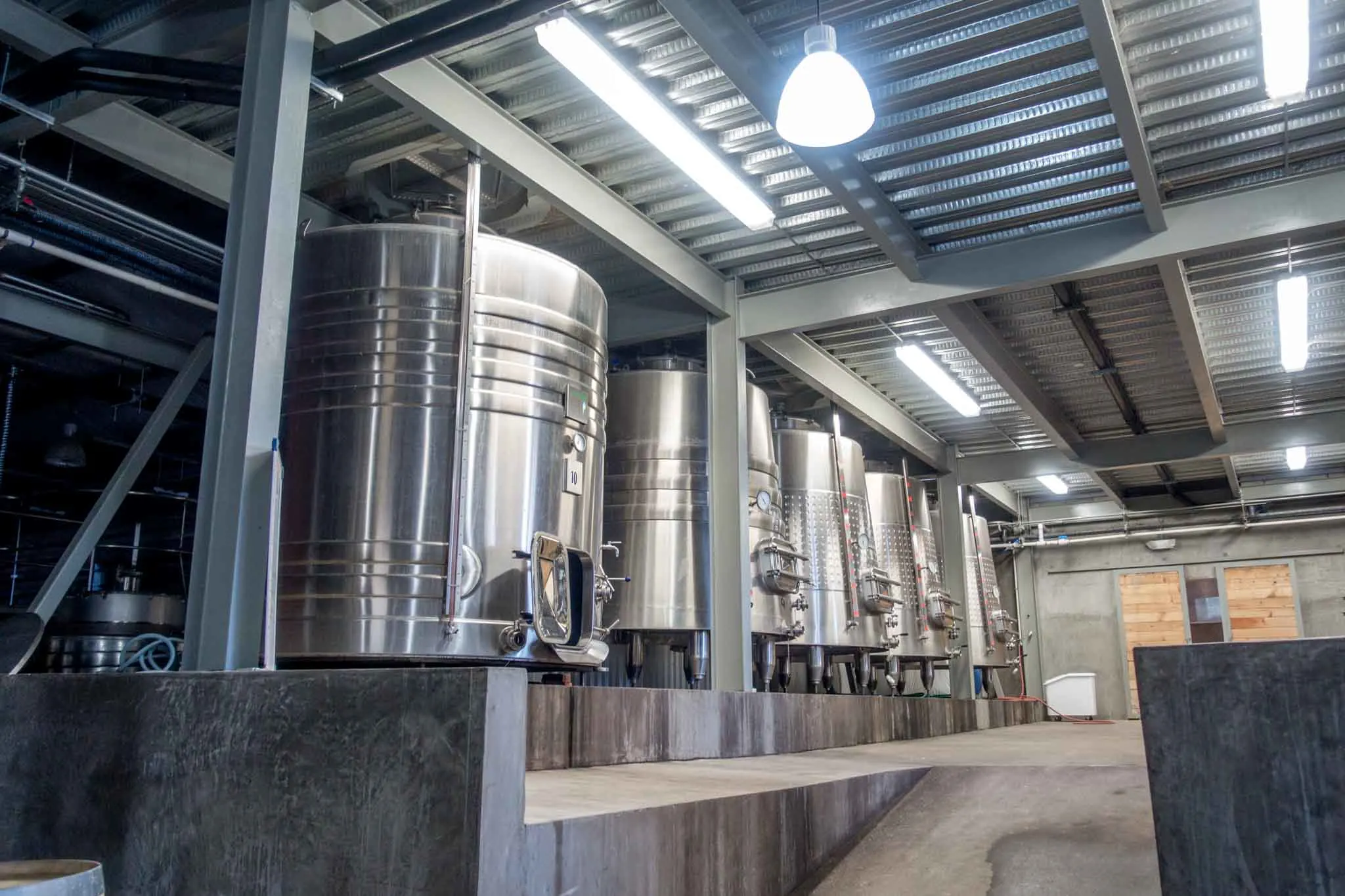
Lance Longwell is a travel writer and photographer who has published Travel Addicts since 2008, making it one of the oldest travel blogs. He is a life-long traveler, having visited all 50 of the United States by the time he graduated high school. Lance has continued his adventures by visiting 70 countries on 5 continents – all in search of the world’s perfect sausage. He’s a passionate foodie and enjoys hot springs and cultural oddities. When he’s not traveling (or writing about travel), you’ll find him photographing his hometown of Philadelphia.

Mariel
Tuesday 26th of September 2023
Hi, what time of the year (month) did you travel to Valle de Guadalupe?
Lance Longwell
Sunday 12th of November 2023
It was early July. Given the weather in the Guadalupe, there's rarely a bad time to go.
Terri
Saturday 29th of July 2023
Great write up and I share your sentiments about Valle. I heard about this place 20 years ago and finally made the trip this year. Twice. LOL
This past March, husband and I walked across the border and through a San Diego tour company, met with a driver to take us (company made winery recommendations and reservations). Amazing! No border waits for us, literally walked across (5 min) and met the driver.
Relieve was actually our first stop. They were so friendly, winery was breathtakingly beautiful. Lechuza was our next stop, loved this one too! Unpretentious and loved the wines! I think French Laundry serves their wine in Napa.
We went home amazed & shared with our friends. Two months later, we returned with 9 friends and did the same. Walked across & met our driver took us back to Valle. Lunch at Deckmans (amazing), quick stop at Rondo, and last stop at Cuarto Cuatros Bar Bura. We absolutely loved it! Our only regret is not staying 1-2 nights; felt so rushed.
So with the help of your article we will book at a resort for next trip; which I think our numbers will double since everyone can’t stop raving about our experience. Love the Valle, it has its own rustic unassuming vibe; definitely not Napa. The amazing farm-to-table food, the people, the wine, the atmosphere is magic. Don’t want it to change!
Margaret West
Wednesday 6th of July 2022
Where is the winery in the photo right under the section about Cotes de Rhone? The last words are 'And visit we did' and then it's a really cool/small looking patio in the middle of the rows of grapes! I'd LOVE to know where that is and check it out. Haven't seen it before. Thanks!
Lance Longwell
Wednesday 6th of July 2022
That's Vinicola Relieve. In the last few years, they have opened a newer/fancier tasting room just up the hill right by the road. I understand the tented space in the middle of the vineyard by the palm trees still exists and they use it for private events.
Rosemary Hernandez
Thursday 28th of January 2021
Awesome information! We're spending a week in Rosarito with the intention of visiting the top wineries you mention, Puerto Nuevo, and Ensenada. We have homework to do regarding winery hours and planning trips. Any recommendations you may have?
Rosemary Hernandez January 28, 2021
Nathan Taylor
Thursday 20th of February 2020
Perhaps worth mentioning the CBP limit of 1! Bottle per person allowed back into USA. Unless you play dumb and tell them the winery told you it wasnt limited. They may cut you some slack. Unless the policy has changed in the last 12 yrs
Lance Longwell
Friday 21st of February 2020
I'd glad you bring this up. This is a common assumption...and is totally wrong. You are allowed to bring 1 liter back into the U.S. duty free. Note the words "duty free." You can bring back substantially more into the U.S. if you are willing to pay the duty. We've brought back cases of wine with us on our travels. Yes, you may (or may not) be asked to pay the duty...which is usually even less than sales tax in our home state. You can read up on the actual laws here: https://www.cbp.gov/travel/international-visitors/kbyg/customs-duty-info https://help.cbp.gov/s/article/Article-190?language=en_US